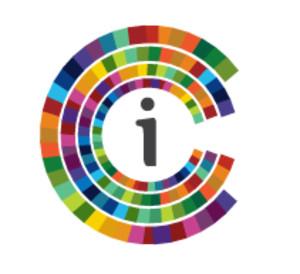Steven, a tow-headed kindergarten student stood in front of the class with a golden eagle puppet made from a paper bag. He was ready with his three golden eagle migration facts and he told them loud and proud to his classmates. In another classroom, a group of four middle school students shared their Google Earth maps of golden eagle migration routes and reported on hazards faced by migrating birds along the flyways.
Designing rich learning experiences for disparate groups like these using your organization’s amazing content knowledge can be a daunting task. It can be accomplished if you plan ahead, provide clearly defined lessons and activities, and map out a differentiated approach for busy teachers.
Tip #1-Teachers enter your content at different points.
Teachers come with varying degrees of background, content expertise, and teaching background and preferences. When planning activities and providing resources, organize teaching materials into clearly labeled categories such as:
1. Background information
2. Basic Concepts Needed
3. Materials Needed
4. Teaching Steps
5. Extension Information and Activities
6. Assessment and Feedback
7. Helpful Resources for More Information
When materials and information are clearly organized, teachers can scan quickly or study as thoroughly as necessary to effectively teach your content. Empower teachers to confidently present material to their learners in the way they determine to be most effective.
Tip #2--Classes, schools, and students have CRAZY schedules.
Help teachers fit content into their curriculum, class period length, and schedule. Offering multiple ways to give students time to learn your content and do activities will help teachers use your content to enhance their instruction. Questions to consider are:
1. What content and activities could teachers do with the most impact if they had two days to teach the content? What about one week? What about one month? What about one quarter?
2. What class period length do teachers have? For example, elementary students may have more flexible periods because schedules aren’t so regimented while middle and high school students may only meet for 45-50 minutes once a day.
3. When planning activities, how much time will set up and clean up take? How much preparation will the teacher have to do to be ready to teach and assess?
Get to know your audience of educators and listen to what does and doesn’t work in their classrooms. Then, design your content to be flexible and have multiple options for both teaching and learning. A little planning and foresight will help make your organization’s content more usable and will have a positive impact on both the teacher and the learners.


